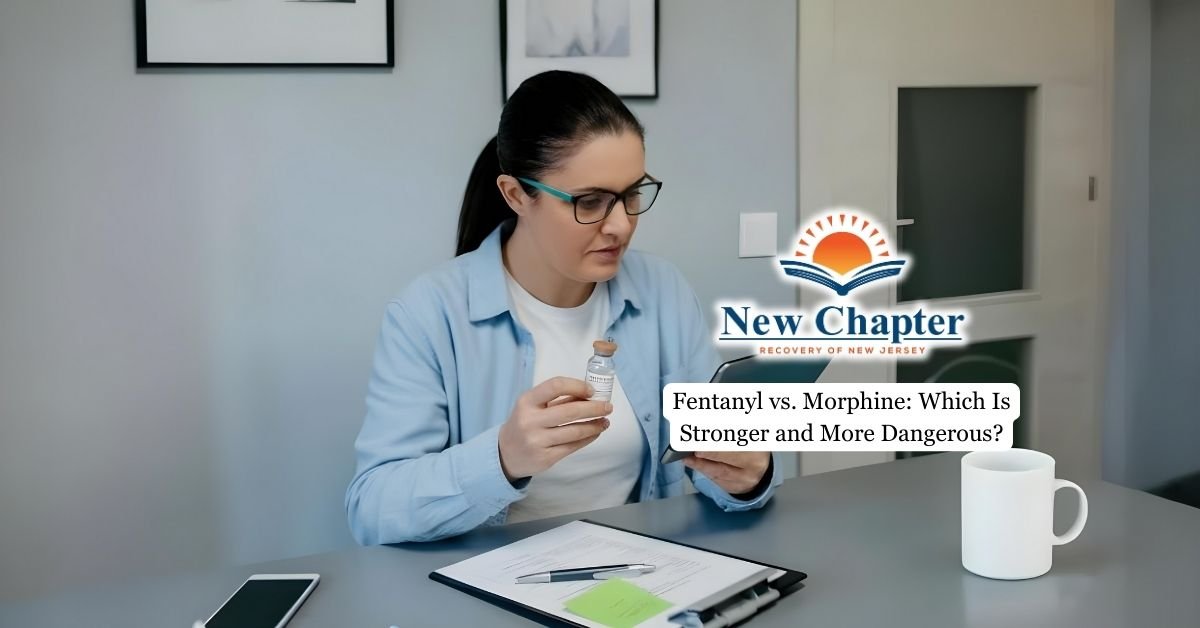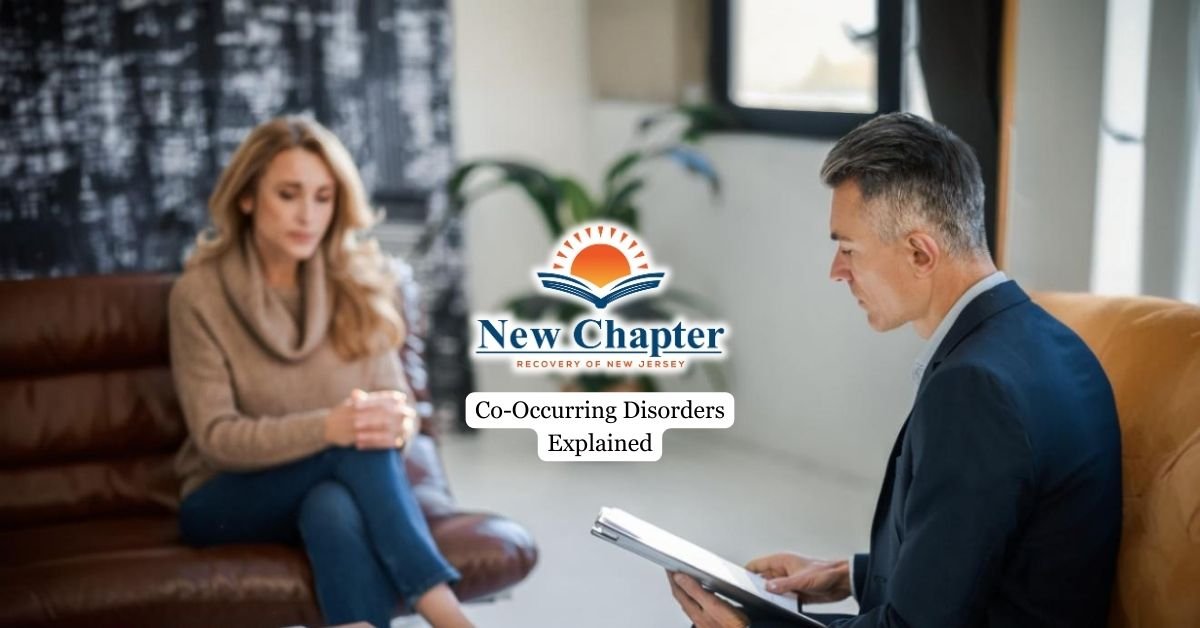Concerta and Ritalin are two commonly prescribed stimulant medications used to treat Attention Deficit Hyperactivity Disorder (ADHD). Though they share the same active ingredient, understanding the key differences between these medications is essential for determining the right treatment option for children, adolescents, or adults managing ADHD symptoms.
This article explores how Concerta vs Ritalin work, how they differ, and what to consider when choosing between them.

ADHD and Stimulant Medication: A Brief Overview
ADHD or Attention Deficit Hyperactivity Disorder, is a neurodevelopmental condition that affects attention, impulse control, and hyperactivity. Concerta and Ritalin are stimulants that are often the first line of treatment to reduce symptoms and treat ADHD.
These medications work by increasing dopamine and norepinephrine levels in the brain, chemicals that support focus and emotional regulation. While not a cure, ADHD medication can significantly improve quality of life for many individuals, especially when paired with behavioral therapy.
However, it’s crucial to understand that stimulant medications also carry the potential for misuse and dependency. As prescription stimulants, Concerta and Ritalin can be misused by individuals seeking heightened focus or euphoria, particularly among adolescents and young adults. When used improperly or without medical oversight, these drugs can lead to tolerance, dependence, or full-blown addiction, which would require professional help.
Concerta and Ritalin: Same Ingredient, Different Formulations
Both contain the same active ingredient: methylphenidate hydrochloride. However, their formulations differ significantly. Ritalin is available in both immediate-release and extended-release versions, such as Ritalin LA and Ritalin SR. Concerta, on the other hand, is specifically designed as an extended-release medication. This difference affects how quickly the medication takes effect and how long it lasts.
Immediate-release Ritalin works much more quickly—typically within 30 minutes—but its effects last only about 3–4 hours. In contrast, Concerta’s extended-release formulation provides symptom relief for up to 12 hours, making it a once-daily option for many people with ADHD. The decision to take Concerta or Ritalin often depends on the individual’s daily schedule, symptom severity, and how they respond to the medication over time.
Dosage and Duration: What to Expect
One of the main differences between Concerta and Ritalin lies in dosage and how long their effects last. A typical dosage of Ritalin may need to be taken multiple times a day to maintain symptom control. Concerta is generally prescribed as a once-daily tablet due to its long-acting, osmotic release delivery system.
The dosage your doctor may recommend is influenced by several factors, including age, weight, symptom severity, and previous response to stimulant medications. Children and adolescents with ADHD may start on a lower dose and gradually increase as needed.
Because Concerta and Ritalin have different release mechanisms, they are not interchangeable on a milligram-to-milligram basis. Your doctor will determine the appropriate dosage and format based on clinical guidelines and your individual needs.
While these medications are effective when taken as prescribed, their stimulant nature means there’s a risk for misuse—especially when doses are increased without medical supervision. Taking methylphenidate in higher-than-prescribed amounts or outside of its intended purpose can quickly lead to psychological or physical dependence.
How Concerta and Ritalin Work in the Brain
Stimulant medications like Concerta and Ritalin work by blocking the reuptake of dopamine and norepinephrine in the brain, making these neurotransmitters more available. This helps improve attention span, reduce impulsivity, and manage hyperactivity in people with ADHD. While both medications share this mechanism, the rate at which they release methylphenidate into the bloodstream differs.
Concerta’s extended-release system mimics a steady increase in dopamine and norepinephrine over the course of the day. Ritalin’s immediate-release version produces a quicker spike in neurotransmitter levels, which can be beneficial in specific settings but may require more frequent dosing. Understanding how Concerta and Ritalin work can help patients and caregivers make informed decisions about ADHD medication.
However, that same rapid onset of Ritalin—particularly in its short-acting form—also makes it more prone to misuse. Individuals seeking a fast, concentrated stimulant effect may be tempted to misuse the drug, contributing to rising concerns around prescription stimulant addiction.

Choosing Between Concerta or Ritalin: Factors to Consider
When deciding whether to take, there are several important considerations. For school-aged children, a once-daily dose of Concerta may be more convenient, reducing the need for mid-day dosing at school. For adolescents and adults with ADHD who need flexible control or shorter duration of action, Ritalin may be more appropriate.
Tolerance and side effects can also vary between individuals. Common side effects of both Concerta and Ritalin include appetite suppression, sleep disturbances, and irritability. Stimulant medications may also affect growth in children, which requires regular monitoring. People with a history of substance dependence should inform their healthcare provider, as stimulant medications carry some risk for misuse and addiction.
For families and individuals navigating ADHD treatment, it’s essential to weigh the benefits of symptom control against the risks of dependency. Prescription stimulant misuse often starts with a legitimate prescription and escalates when the medication is shared, overused, or taken recreationally. This is why consistent monitoring and open communication with a healthcare provider are critical.
Final Thoughts from New Chapter Recovery
At New Chapter Recovery, we recognize the delicate balance between managing ADHD and protecting against addiction and misuse. Stimulants like Concerta and Ritalin may offer symptom relief, but they also carry real risks for those in recovery. That’s why we integrate addiction-informed care with mental health and behavioral support—creating treatment plans that prioritize both safety and progress for individuals navigating complex challenges of prescription drug addiction.






